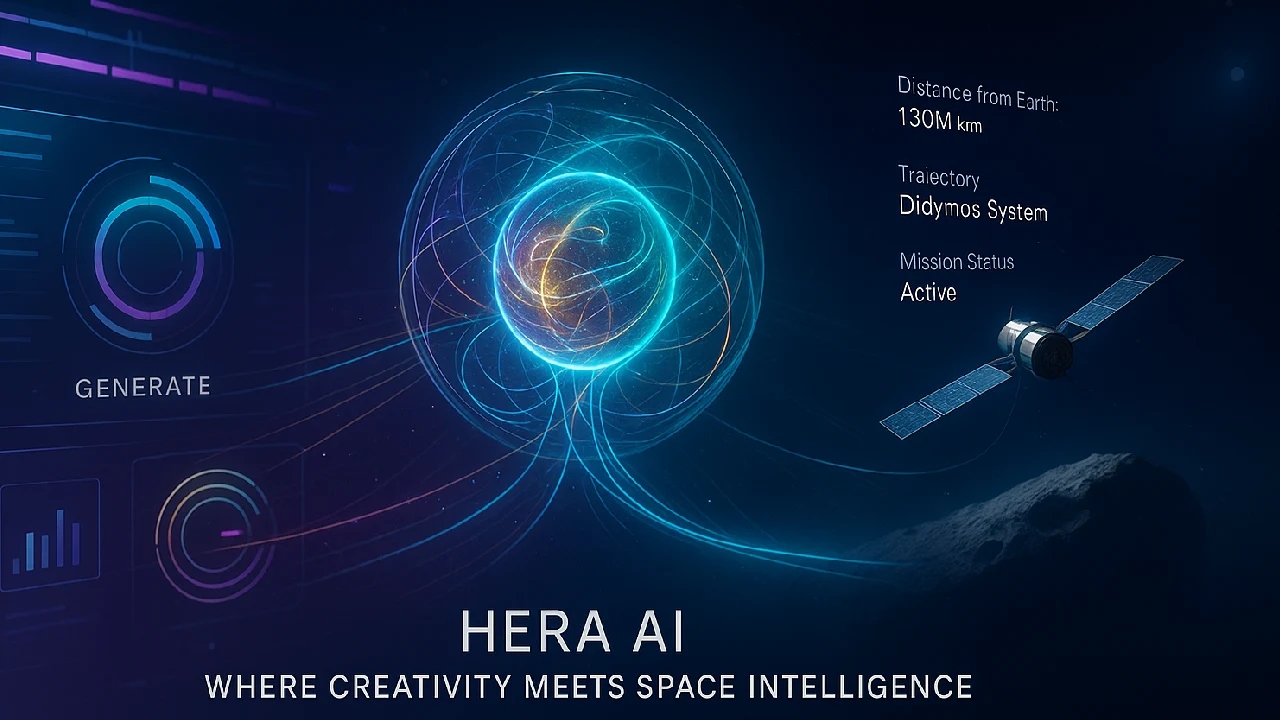Ryzen 9000 brings a sharper Zen-class core, AM5 upgradability, and optional X3D cache giving creators smoother renders and gamers higher, steadier FPS without wasting power.

Ryzen 9000 processor is AMD’s next-gen desktop family built for faster everyday work, high-FPS gaming, and efficient content creation. It fits the AM5 platform, plays nicely with fast DDR5, and unlocks new performance headroom. This guide explains what it is, how it helps, and which chip makes sense for you.
What is Ryzen 9000
Ryzen 9000 is AMD’s Zen-5–based desktop lineup for the AM5 socket. It spans mainstream six- and eight-core parts up to twelve- and sixteen-core flagships, with optional 3D V-Cache models targeted at gaming. You get PCIe 5.0 support, fast DDR5 memory, and drop-in compatibility on most AM5 motherboards with a BIOS update.
Key features or how it works
- Wider, smarter cores: Improved fetch, decode, and branch prediction help push more work through each core, boosting per-core responsiveness.
- AM5 longevity: Works on existing B650/X670 boards and on newer X870-class boards with modern I/O and memory tuning.
- PCIe 5.0 everywhere: High-speed lanes for next-gen SSDs and GPUs, ideal for 4K editing and asset-heavy games.
- DDR5 made easy: Better memory training and EXPO profiles simplify hitting stable, high RAM speeds.
- X3D gaming options: Models with stacked cache cut latency in popular e-sports and open-world titles, often delivering top-tier average and 1% low FPS.
- Efficiency focus: More work per watt, so long renders and compiles don’t turn your room into a furnace.
Why it matters or benefits
- Creators and prosumers: Faster timeline scrubs, exports, code builds, and AI-assisted tasks. If you multitask—edit, render, browse, and listen to music at once—extra cores keep everything smooth.
- Gamers: X3D parts typically lead for pure FPS. Non-X3D chips still deliver excellent performance, especially when paired with fast DDR5 and a modern GPU.
- Upgraders on AM5: If you already own a B650/X670 board, moving to Ryzen 9000 can be a simple CPU swap, saving motherboard money.
- Thermals and noise: Better efficiency means easier cooling. A decent 240–280 mm AIO or a quality tower cooler can handle high-end SKUs comfortably when the case airflow is right.
How it compares (high level)
- vs Ryzen 7000: Expect stronger per-core speed and snappier app response at the same core counts. If you jump to an X3D model, gaming uplift can be substantial in CPU-bound titles.
- vs older AM4 builds: You gain DDR5 bandwidth, PCIe 5.0 storage, USB4 on newer boards, and a platform with a longer support runway.
- vs Intel last-gen desktops: Multi-threaded apps and efficiency are competitive or better at similar core counts, while X3D models remain the safest pick for maximum FPS.
Who should use it or final take
- Pure FPS hunters: Choose an X3D Ryzen 9000. Pair with a fast DDR5 kit and a high-refresh monitor for buttery 1% lows.
- Game + create combo users: A 12-core is a sweet spot—high FPS while streaming or editing in the background.
- Heavy creators: 16-core shines for Blender, Unreal Engine, After Effects, and large codebases.
Final take: Ryzen 9000 is the most comfortable entry point to AM5 right now—mature BIOS, strong per-core gains, and clear upgrade paths as the platform grows.
Bonus quick table
| Area | Pros | Cons |
|---|---|---|
| Performance | Higher IPC, smooth lows in games with X3D | X3D chips cost more |
| Platform | AM5 longevity, PCIe 5.0, DDR5, USB4 on newer boards | AM5 boards and DDR5 can raise total build cost |
| Thermals | Better perf per watt, easier to cool well | Flagships still need quality cooling and airflow |







